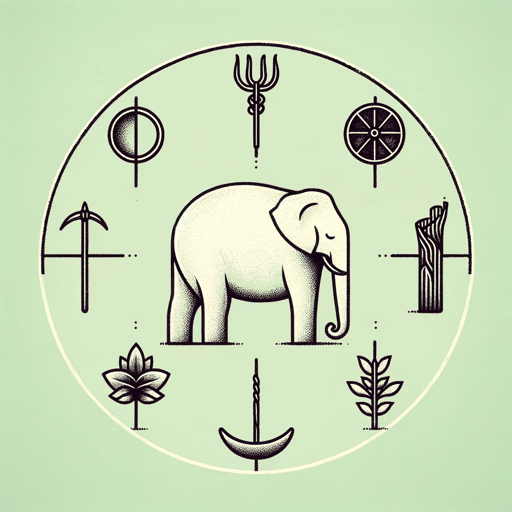18 pages • 36 minutes read
John Godfrey SaxeThe Blind Men and the Elephant
Fiction | Poem | Adult | Published in 1872A modern alternative to SparkNotes and CliffsNotes, SuperSummary offers high-quality Study Guides with detailed chapter summaries and analysis of major themes, characters, and more.
Literary Devices
Form
“The Blind Men and the Elephant” is a ballad. It tells a story and provides a frame that gifts the story with its intended lesson. Saxe, as part of the new generation of Fireside Poets, wrote with his audience in mind—an educated, middle-class, Protestant readership who, because of the emerging industrial technology and the rise in accumulated affluence, could devote leisure time to reading magazines. Saxe uses clear, predictable three-line stanzas. In some later publication forms, the three-line stanzas were broken down even further into sestets, or six-line stanzas.
Each line has a regular percussive beat that encourages public recitation and memorization (for generations, the poem was a staple in American public schools as children were expected to memorize and recite the poem). Each line hits seven feet, that is, a pattern of seven pairs of stressed and unstressed syllable units.
The approachable form allows the reader to focus not so much on wordplay but rather on the narrative itself. Because the form focuses on how, one by one, each blind man approaches and studies the elephant and offers no wider narrative 







